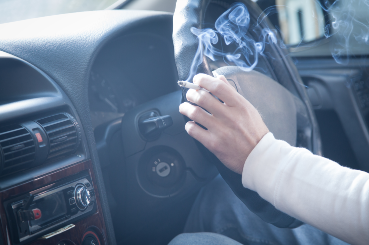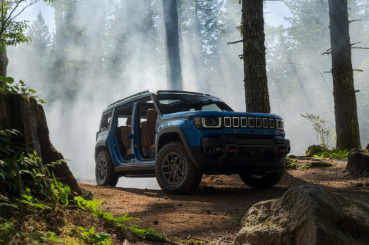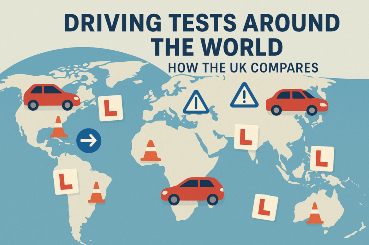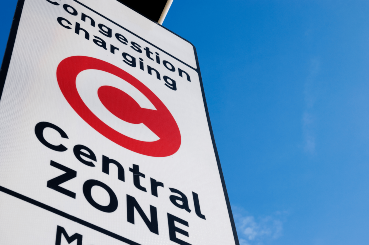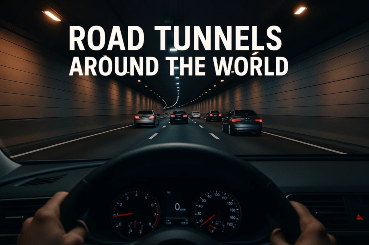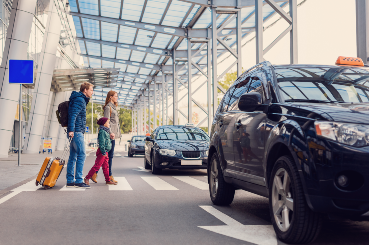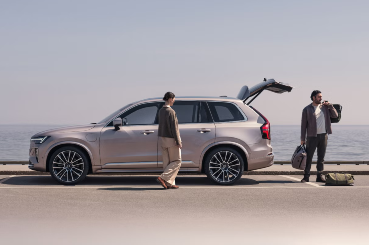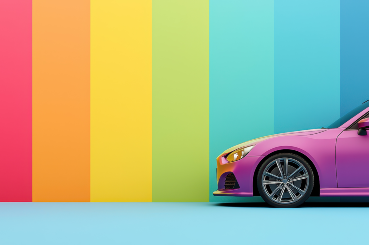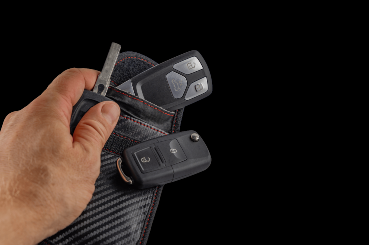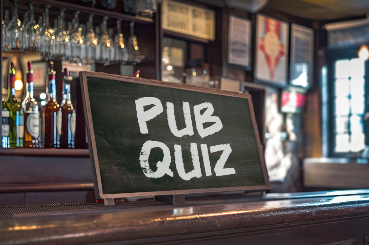Whether you’re a new driver or need to renew your existing licence, understanding the ins and outs of UK driving licences is essential.
A driving licence, whether provisional or full, allows you to operate various vehicles, and understanding the categories and codes is crucial for staying legal on the road.
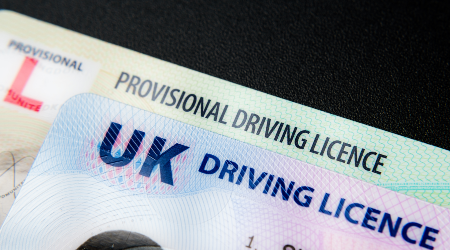
What is a UK Driving Licence?
Your UK driving licence is your official document that proves you’re legally allowed to drive specific types of vehicles.
It shows your name, issue date, expiration date, address, and importantly, which categories of vehicles you’re entitled to drive.
The modern photocard driving licence has replaced the old paper version and serves as a valuable photo ID as well.
Understanding Your Photocard Driving Licence
What’s on the Front of Your Licence
Your photocard licence displays several key pieces of information:
- Personal Details (Fields 1, 2, and 3): Your surname, first names, date and place of birth are clearly shown.
- Licence Dates (Field 4): The date shown in 4a is when your photocard was issued, whilst 4b shows when your driving licence expires. Field 4c shows the issuing authority – the DVLA and in Northern Ireland, this is the DVA.
- Driver Number (Field 5): Your unique eight-digit driver number that identifies you in the system.
- Photograph (Field 6): The new photocard licence features a black and white photo created using secure laser technology, though you’ll still need to provide a colour photo with your application.
- Signature (Field 7): Your signature is digitally reproduced and burned into the photocard from your original application.
- Address (Field 8): Shows your permanent address.
- Entitlement Categories (Field 9): The letters in capitals show the categories of entitlement covered by the European Community Directive, with national categories shown in smaller letters.
What’s on the Back of Your Licence
The back of your driving licence contains equally important information:
- Pictogram Categories (Field 9): Visual representations of the types of vehicles you’re entitled to drive.
- Valid From (Field 10): The earliest date from which each driving category is valid.
- Valid To (Field 11): The expiry date for each category.
- Information Codes/Restrictions (Field 12): Code numbers showing any restrictions that apply to your licence.
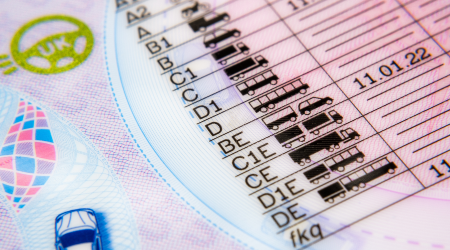
Licence Categories and Codes
Your driving licence specifies exactly which types of vehicles you can drive through a system of categories and codes. The main categories include:
Category A: Motorcycles
Category B: Cars and light vehicles
Category C: Large vehicles and lorries
Category D: Buses and coaches
Each category has specific codes that provide more detail. For example, a ‘B’ licence allows you to drive a car, but code ’78’ restricts you to automatic vehicles only.
There are age restrictions for different categories – for instance, you must be at least 21 to drive motor tricycles with a power output exceeding 15kW.
You can find the full list of codes on the DVLA website.
How to Apply for a Provisional Driving Licence
A UK provisional driving licence is a temporary licence that allows you to learn to drive on public roads while supervised by a qualified instructor or an experienced driver who meets specific legal requirements.
The provisional licence serves as both a learning permit and a form of photo identification, and you’ll need to pass both a theory test and a practical driving test before you can exchange it for a full driving licence that allows you to drive independently.
You can apply for a provisional driving licence from 15 years and 9 months old, though you can only start driving a car when you’re 17 (or 16 for some mopeds and scooters).
To apply for a provisional licence, you’ll need:
- Valid identity documents
- A recent passport-style photograph
- The application fee
- Your National Insurance number
You can apply online through the GOV.UK website or use paper forms available from the Post Office.
How to Apply for a Full Driving Licence
When you pass your practical driving test, the DVLA will automatically issue your full driving licence, which will be sent to you without needing to apply separately. This replaces your provisional licence and shows your full entitlements.
Identity Documents Needed for a Driving Licence
When applying for or renewing your licence, you’ll need to provide valid identity documents. These typically include:
- A valid passport
- Birth certificate
- Other official documents showing your identity and address
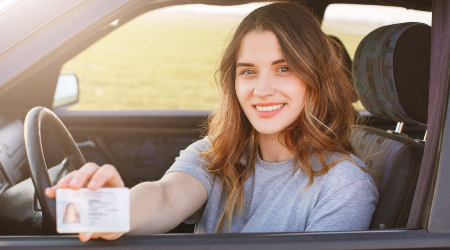
Photo ID and Specifications
Your driving licence serves as a valuable photo ID. When providing a photograph for your application, ensure it meets the strict photo specifications:
- Recent colour photograph
- Correct size and format – Must be 35mm wide, 45mm high
- Clear view of your face without sunglasses with an uncovered head (unless for religious or medical reasons)
- Neutral expression
- Plain background
Where Can I Find My Driving Licence Number
Your driving licence number is unique to you and can be found on the front of your photocard licence in field 5. You’ll need this number for various applications and checks.
How to Renew Your Driving Licence
Standard Driving Licence Renewal
You can renew your driving licence online through the GOV.UK website, which is usually the quickest and most convenient method. You’ll need:
- Your current licence
- A recent photograph
- Payment for the renewal fee
- Your National Insurance number
How to Renew a Driving Licence That Has Expired
If your licence has expired, you can still renew it using the same process, but you should avoid driving until you receive your new licence.
How to Renew a Driving Licence Over 70
If you’re over 70, you’ll need to renew your licence every three years. The process is the same as standard renewal, but you may need to provide additional medical information depending on your circumstances.
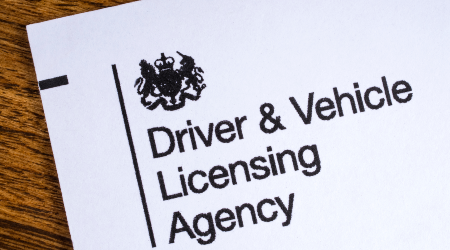
Driving Licence Expiration
Keep track of your driving licence expiration date to avoid any legal issues.
You can renew your photocard driving licence before it expires to ensure continuous legal driving.
You do it through the DVLA. Many forms can be downloaded from the Government website or ordered from your local Post Office.
This includes application forms, renewal forms, and change of details forms.
How to Change the Address on Your Driving Licence
Moving house? You must update your address within a certain timeframe. You can change your driving licence address online or by post. This service is usually free, and you’ll receive a new photocard with your updated details.
How to Change Your Name on a Driving Licence
If you’ve changed your name through marriage, divorce, or deed poll, you’ll need to update your driving licence. You’ll need to provide supporting documentation and may need to pay a fee for a new photocard.
How to Replace a Lost, Stolen, Damaged, or Destroyed Driving Licence
If you’ve lost your driving licence or it’s been stolen, damaged, or destroyed, you can apply for a replacement. You’ll need to:
Report the loss or theft if applicable
- Apply online or by post
- Provide identity documents
- Pay the replacement fee
Driving Licence Check and Points
You can check your driving licence points and view your driving record online. This is useful for:
- Checking your current penalty points
- Viewing your licence details
- Confirming your entitlements
Important Changes and Updates
Driving licence regulations can change, so staying informed about updates is important. For example, Category B (car) licence holders can now tow trailers up to 3,500kg, and those with BE entitlement can tow heavier trailers.
Understanding your UK driving licence is crucial for legal and safe driving.
Whether you’re applying for your first provisional licence, renewing an existing one, or making changes to your details, using the official government services ensures you stay compliant with current regulations.
Remember to keep your licence details up to date, be aware of expiration dates, and understand the categories and codes that apply to your specific situation.
With proper knowledge and timely renewals, your driving licence will serve you well on the roads.
This information was accurate at the time of writing

